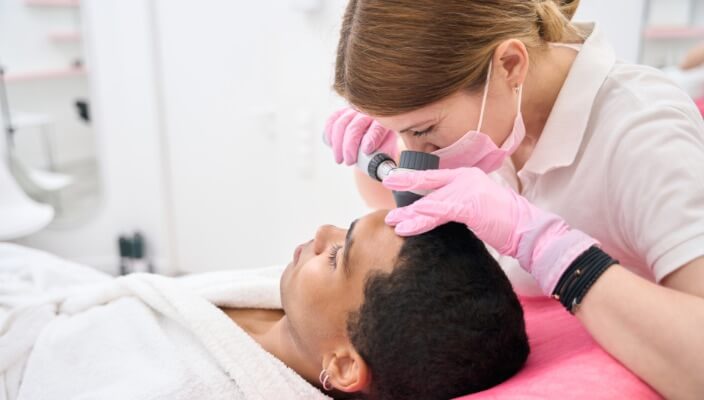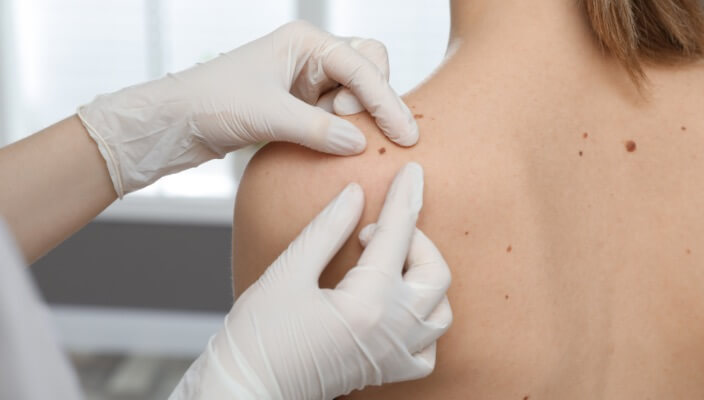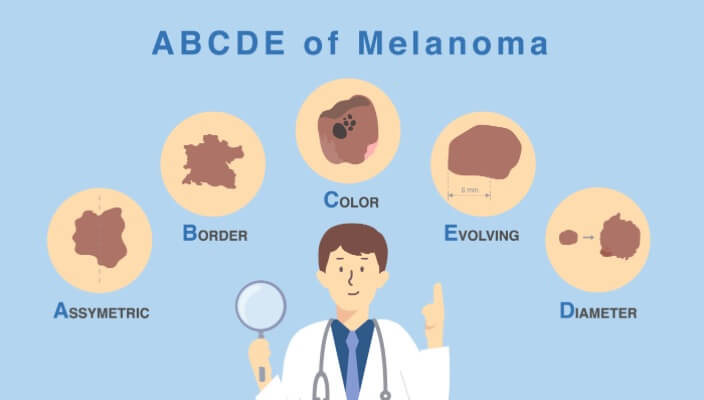Skin Cancer Prevention: Debunking Myths and Emphasizing Facts
The Truth About Skin Cancer
 Skin cancer is a prevalent and potentially life-threatening condition. Skin cancer is the most common cancer globally, with more cases diagnosed annually than all other cancers combined. One in five Americans will develop skin cancer by the age of 70, and melanoma incidence rates have been rising for the past 30 years. Despite the prevalence of skin cancer, there are common myths surrounding prevention. Understanding the facts is crucial for effective skin cancer prevention.
Skin cancer is a prevalent and potentially life-threatening condition. Skin cancer is the most common cancer globally, with more cases diagnosed annually than all other cancers combined. One in five Americans will develop skin cancer by the age of 70, and melanoma incidence rates have been rising for the past 30 years. Despite the prevalence of skin cancer, there are common myths surrounding prevention. Understanding the facts is crucial for effective skin cancer prevention.Myth #1: Only Sunburns Matter
One common misconception is that only sunburns increase the risk of skin cancer. In reality, cumulative sun exposure, even without burning, can contribute to skin cancer development. Melanoma, the deadliest form of skin cancer, is often linked to intermittent, intense sun exposure.
Myth #2: People With Dark Skin Can't Get Skin Cancer
While it's true that individuals with darker skin have more melanin, providing some natural protection, they are not immune to skin cancer. Skin cancers may be less common in people with dark skin, but when they occur, they often have a more aggressive course.
Myth #3: Tanning Beds Are a Safe Alternative
Some people believe that using tanning beds is a safer way to achieve a tan compared to sun exposure. However, indoor tanning significantly increases the risk of skin cancer. According to the American Academy of Dermatology, indoor tanning before the age of 35 increases melanoma risk by 59%.
Skin Cancer Facts You Need to Know
Now that we've debunked common myths, let's emphasize essential facts for effective skin cancer prevention.
Fact #1: Regular Sunscreen Use Is Crucial
Fact #2: Skin Checks Save Lives
Fact #3: Protective Clothing Matters
Early detection increases the five-year survival rate for melanoma to 99%.
Watch: Learn How to Protect Your Skin
Take Steps to Prevent Skin Cancer Today
Dispelling myths and embracing facts about skin cancer prevention is crucial for everyone. By incorporating sun-safe practices into daily life, individuals can significantly reduce their risk and contribute to the overall well-being of their skin. If you have concerns or notice changes in your skin, consult with a dermatology provider for personalized guidance and care. Your skin's health is worth the investment in prevention.
Featured Products

EltaMD UV Clear SPF 46
Oil-free EltaMD UV Clear helps calm and protect sensitive skin types prone to discoloration and breakouts associated to acne and rosacea. It contains niacinamide (vitamin B3), hyaluronic acid and lactic acid, ingredients that promote the appearance of healthy-looking skin. Very lightweight and silky, it may be worn with makeup or alone. Choose from tinted and untinted formulas for use every day. 1.7 oz / 48 g

EltaMD UV Stick Broad-Spectrum SPF 50+
The perfect sunscreen to take with you on the go, anywhere you're headed. EltaMD UV Stick is an easy application, mess-free, residue-free sun protection that is dermatologist tested and formulated for the whole family and all skin types. Perfect for travel and re-application on the go, this water-resistant, all-mineral SPF 50+ formula is fast absorbing, blends easily and works for all skin tones without leaving a white cast. With broad-spectrum and antioxidant protection against UVA (aging), UVB (burning) and HEV (high energy visible or blue light) rays, this sunscreen has you covered! 1.3 oz / 37 g
Featured Blogs

- Skin Cancer
- General Dermatology
- Skin Exams
Your skin is your largest organ and its first line of defense. Learn more about why a skin exam should be a part of your wellness routine.
Read More
- Skin Cancer
- Sun Safety
The sun's ultraviolet (UV) radiation poses a significant risk. Discover ways to protect you and your loved ones from the sun and keep your skin healthy all year long.
Read More
- Skin Cancer
- General Dermatology
- Skin Exams
Learn the ABCDEs of Melanoma, the deadliest form of skin cancer.
Read More


